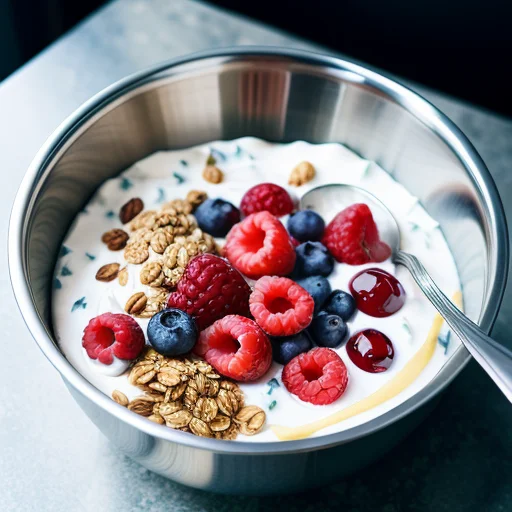As an Amazon Associate I earn from qualifying purchases.
Introduction
Welcome to the ultimate guide to mixing bowls – one of the most versatile and indispensable kitchen tools for every home cook, chef, baker, and beyond. From professional restaurant kitchens to amateur home cooks, a good set of mixing bowls is essential equipment.
In this comprehensive guide, we’ll cover everything you could ever need to know about what are mixing bowls used for. You’ll learn about the different materials like glass, stainless steel, ceramic, and plastic, the key features that make a quality bowl, standard vs nesting sets, proper cleaning methods, creative alternative uses, and much more.
Whether you’re looking to buy your first set of mixing bowls, upgrade worn out ones, or better understand how to use what you have – this info-packed guide has you covered. With the expertise you’ll gain here, you’ll be able to equip your kitchen with the perfect mixing bowls for your needs and get the most out of them for years to come. Let’s dive in!
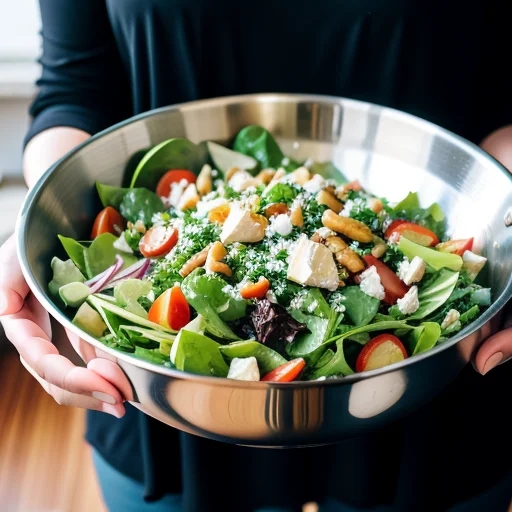
What Are Mixing Bowls Used For?
Before we get into materials and features, let’s look at why mixing bowls are such a kitchen essential in the first place. What exactly are they used for on a daily basis?
Mixing and Preparing Foods
First and foremost, mixing bowls serve as a versatile vessel for combining, whisking, beating, and prepping all kinds of foods and ingredients. Their wide rounded shape allows you to efficiently blend wet and dry ingredients for recipes like:
- Cake, cookie, muffin, pancake, crepe, and other batter recipes
- Pizza and bread doughs
- Meatballs, meatloaf, sausages, and the like
- Dips like salsa, guacamole, or hummus
- Salad dressings and vinaigrettes
- Marinades and rubs for proteins
- Macaroni salad, potato salad, pasta salad, and more
- Whipped cream, mayonnaise, and aioli
When working with egg-based recipes like homemade mayonnaise or aioli, the curved sides of a mixing bowl promote proper emulsion as you steadily add oil into the whipped egg yolk and lemon juice.
The stability of a good wide mixing bowl allows you to vigorously whisk, beat, and stir ingredients without spilling or making a mess on your countertops. The best mixing bowls have poured lips and edges to neatly guide ingredients back into the bowl. This is one of the reasons for what are mixing bowls used for !
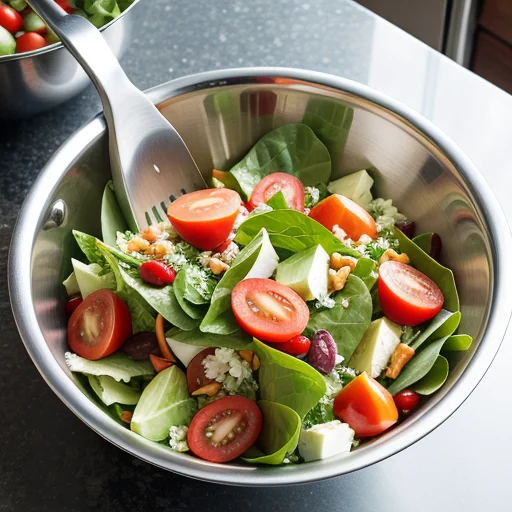
Serving and Displaying Foods
In addition to mixing and prepping, mixing bowls also double as attractive serving dishes. Their clean, simple shape works for displaying all types of finger foods and dishes:
- Bread rolls, bagels, and pastries for breakfast or snacking
- Fresh mixed greens salad or pasta salad
- Cut up fruits, veggies, cheese, hummus, and other appetizer items
- Olives, nuts, candies for an appetizer station
- Dip recipes like salsa, guacamole, or homemade ranch dressing
- Holiday treats like nuts, peppermints, or other goodies
For relaxed parties or potlucks, mixing bowls add a casual vibe for sharing dishes family style at the center of the table. The neutral round bowl shape keeps the focus on the delicious food.
Storing Leftovers
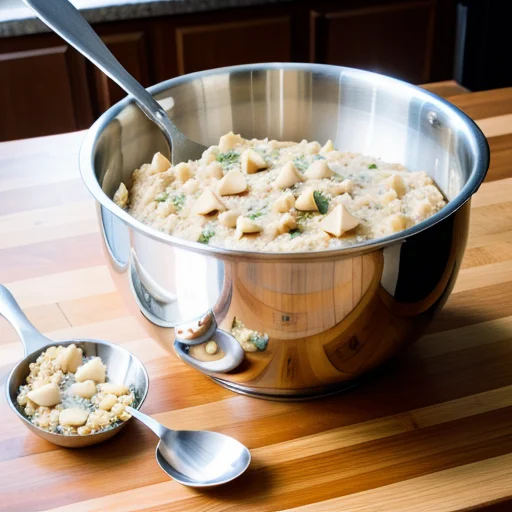
The ample size and handy shape of mixing bowls also makes them ideal for storing unused portions of food. Simply cover and refrigerate leftovers like:
- Cookie or cake batter
- Salad dressings or sauces
- Dips and spreads
- Fruits and veggies
- Cooked proteins like chicken, beef, or fish
- Cold pasta and grain salads
When ready to use, you can grab the mixing bowl from the fridge and reheat the contents if needed. Some mixing bowls are microwave and freezer-safe as well.
The versatility of the standard mixing bowl shape means it pulls triple duty for mixing, serving, AND storing. No wonder it’s a staple in home kitchens! Now let’s look at how to select the best mixing bowls for your needs.
Choosing the Right Mixing Bowl
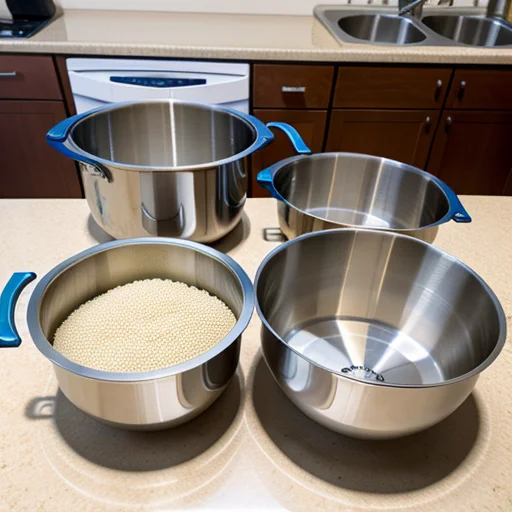
With so many materials and options on the market, it can get overwhelming to shop for mixing bowls. Keep the following factors in mind as you evaluate choices:
Mixing Bowl Materials
Mixing bowls come in a range of materials, each with their own advantages. Consider your personal cooking style and kitchen needs as you choose.
Glass – Glass mixing bowls have a sleek, modern appearance and smooth nonporous surface that makes them easy to clean. Glass is naturally stain-resistant and won’t absorb food odors or tastes either. It’s excellent for handling hot, acidic, or reactive foods. However, glass bowls are heavier than other materials and more prone to chipping or breaking.
Popular brands like Pyrex and Anchor Hocking are specially tempered for thermal shock resistance. Look for borosilicate glass bowls that can safely handle temperature changes. Glass bowls are generally not microwave-safe.
Stainless Steel – For all-around utility, stainless steel reigns supreme as the best mixing bowl material. Steel mixing bowls offer great durability while still being lightweight. The nonporous surface resists stains, won’t react with foods, and cleans up easily in the dishwasher. Stainless steel holds up well to daily wear-and-tear and frequent use. It’s more resilient than glass if dropped and stacks neatly for compact storage.
Quality stainless steel mixing bowls evenly distribute and retain heat, making them ideal for hot recipes. But unlike glass, steel is also freezer-safe for cold recipes. Look for commercial grade 18/10 stainless steel bowls.
Ceramic – Ceramic mixing bowls bring eye-catching visual appeal with artisanal glazes, patterns, and colors. The interior enamel surface won’t stain or absorb odors either. However, ceramic is more fragile and prone to chipping over years of kitchen use. Ceramic bowls may not withstand drastic temperature changes. Use with care at medium oven temperatures only.
Plastic – Inexpensive plastic mixing bowls are common starter options, especially for kids. Lightweight plastic bowls come in fun colors. However, plastic is less durable over time, more likely to stain, and not oven or microwave-safe. Look for thicker, BPA-free plastic for food use.
Based on advantages like durability, versatility, and performance, stainless steel is generally the best bet for a good set of standard mixing bowls.
Mixing Bowl Size
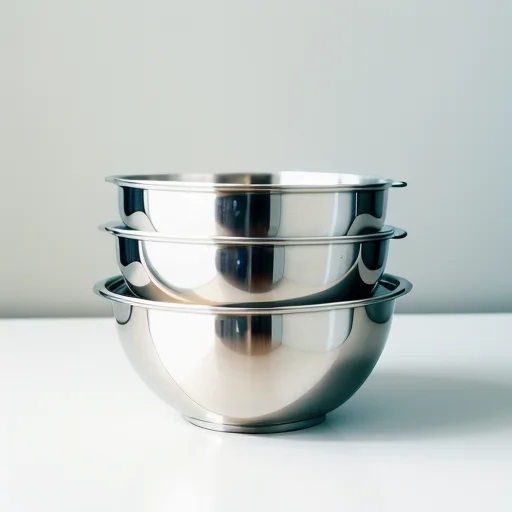
Mixing bowls come in a range of capacities, from single-serving bowls that hold 1-2 cups up to large family-sized bowls holding 8-10+ quarts. Consider what capacities you cook with most often.
For a standard mixing bowl set, aim for these essential sizes:
- Small (1-3 cups)
- Medium (3-5 cups)
- Large (5-8 cups)
- Extra-large (8-12+ cups)
The small and medium bowls come in handy for salad dressings, whisking a few eggs, marinades, and individual tasks. The large and extra-large capacities allow you to mix doubled recipes, toss big salads, knead dough, and more.
Ideally your set will have bowls of varying sizes to suit different mixing needs. You can always supplement with individual specialty bowls.
Mixing Bowl Shape
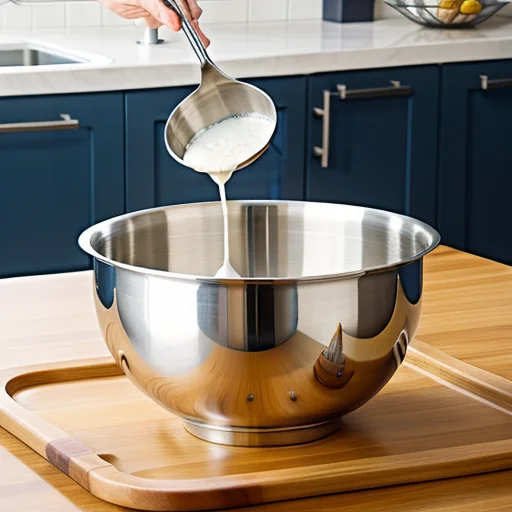
Mixing bowl shape falls into three main categories:
Deep or standard bowls – With tall, vertical sides 5-6 inches high, deep bowls allow you to vigorously mix, whisk, and stir without splashing out. The ample depth provides room for folding in flour or kneading dough.
Shallow bowls – Measuring around 3 inches deep, shallow bowls give more immediate access with your whisk or spoon but less vertical capacity. Better for quicker tasks vs vigorous mixing.
Medium bowls – Splitting the difference, medium 4 inch depth bowls offer a compromise of capacity and accessibility. This is the most common standard mixing bowl depth.
Consider your primary mixing tasks to choose the ideal shape. Deep bowls work well as general all-purpose mixing bowls for most kitchens.
Special Mixing Bowl Features
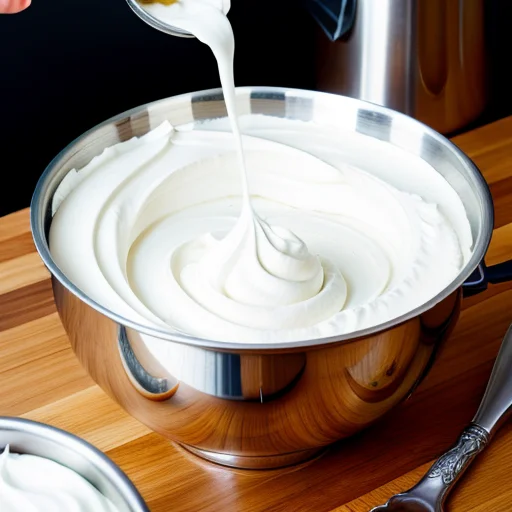
Basic mixing bowls have simple, smooth rounded sides. But specialized bowls offer extra features like:
- Pour spouts – Provide controlled, drip-free pouring. Great for batters and sauces.
- Non-slip bases – Help anchor the bowl in place while mixing vigorously.
- Handles – Allow a better grip when lifting and holding the bowl. Helpful for heavier glass bowls.
- Extended rims – Give added edge to grip bowls securely. Enable easier pouring.
- Measurement markings – Printed measurements on the
Check Out “what are coffee makers called” If you are interested in Coffee ?
As an Amazon Associate I earn from qualifying purchases.

